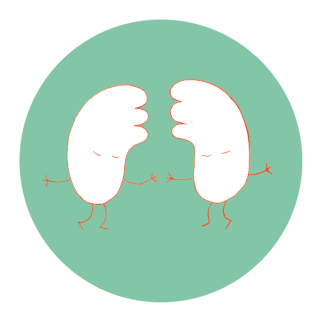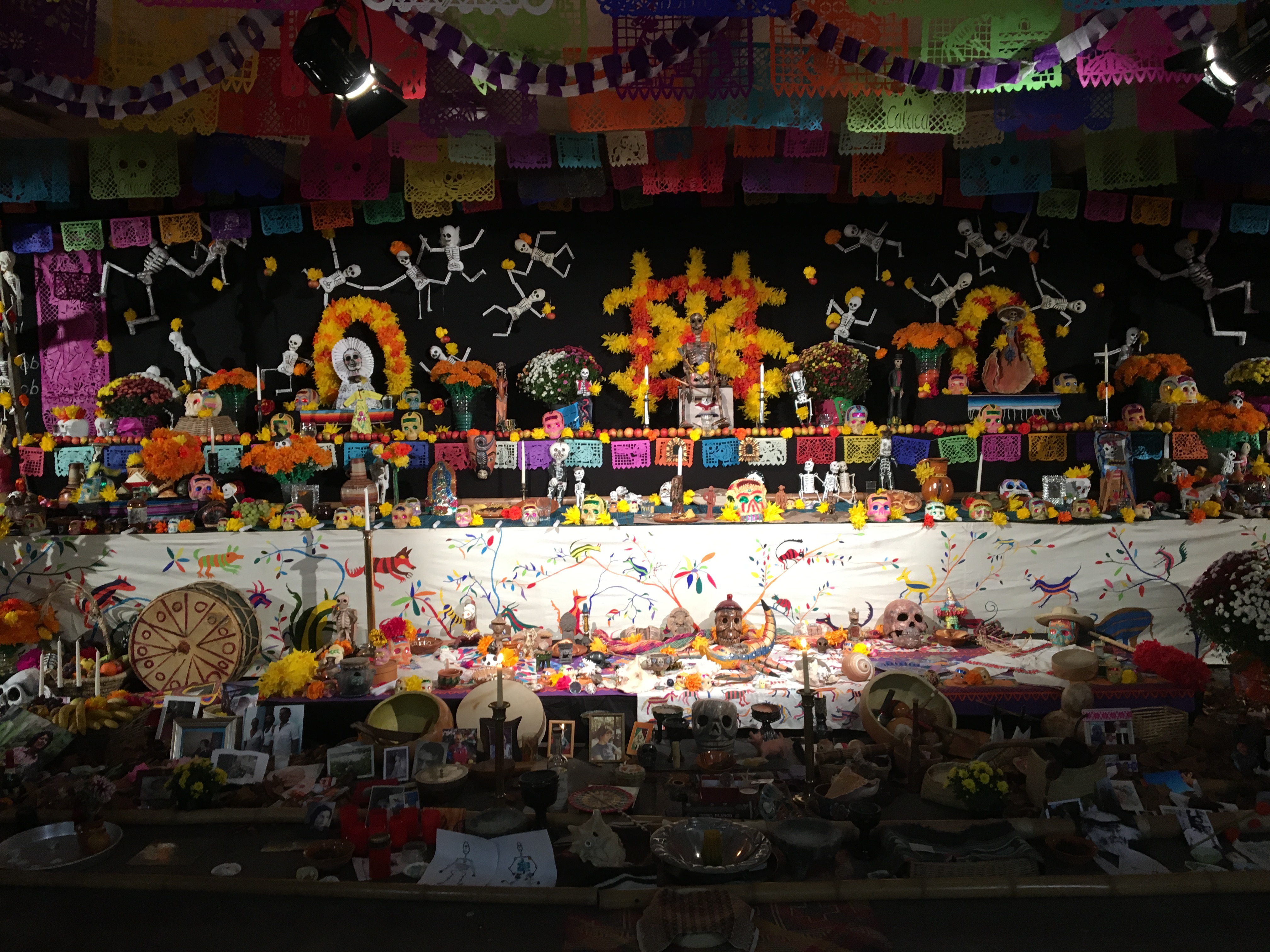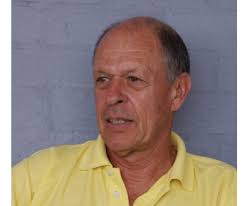A breath token is a breathing exploration that I develop for friends & clients and send out as a gift.
In 2020 the breath tokens are about connecting breath and sound.
Sounding „E“
Let‘s begin with sensing where we have contact: on the chair, or on the floor, for example. We sense the weight of our body, letting it sink towards the ground. Let‘s stroke along the body walls to fully arrive in our body and its boundaries. We can accompany the stroking with gentle humming, moving the mouth.
Let’s now explore imagining, shaping, speaking and sounding an “E”. We repeat the exploration three times or as often as we like.
Read More



